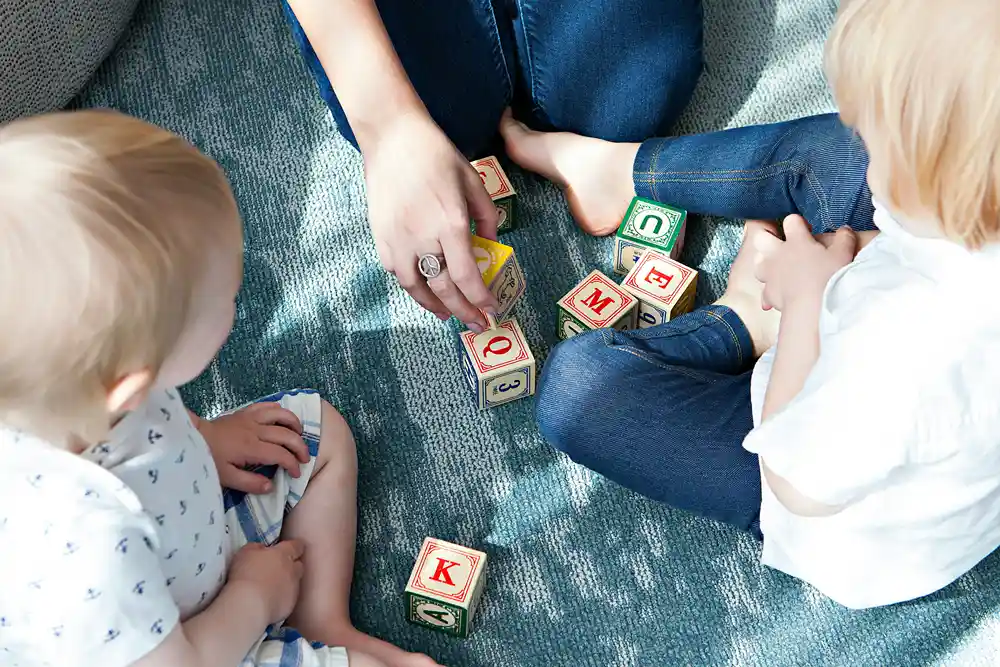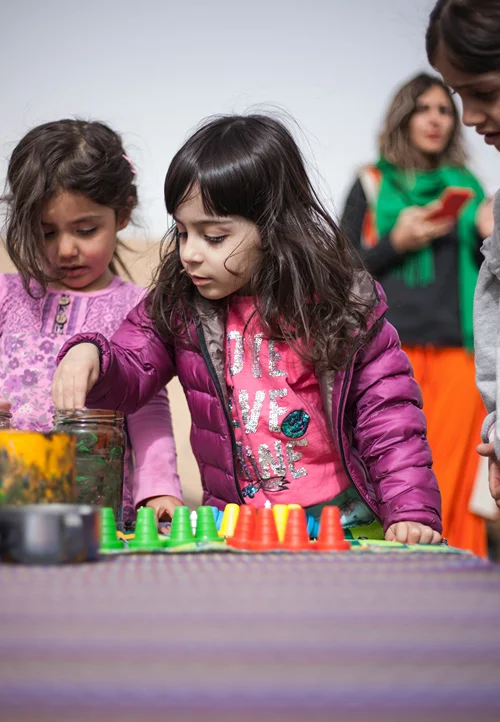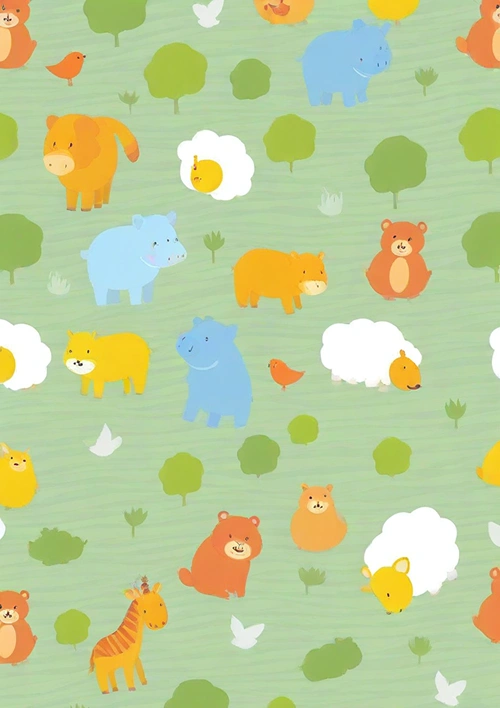Choosing the right daycare for your child is one of the most important decisions you will make as a parent. It’s not just about finding a convenient location or an affordable price—it’s about ensuring your child’s safety and well-being while you’re away. After all, daycare is more than just a place to care for your child.
It’s where they will grow, learn, and form the foundation for their early development. But how do you know if the daycare you’re considering is truly safe?
As a parent, it can be overwhelming to navigate the numerous options available and to assess whether a daycare meets the high standards you expect for your child’s safety. That’s why we’ve created this ultimate checklist to guide you through the process. Whether you’re using a platform like Toddle to find daycare options or visiting centers in person, this article will help you make an informed decision and ensure that your child is in a safe and nurturing environment.
Licensing and Accreditation
Before anything else, the daycare you choose should be properly licensed by your state or local government. Licensing ensures that the daycare complies with all the minimum safety and health regulations required by law. This includes staffing ratios, cleanliness, and the physical condition of the facility.
If you’re using Toddle to search for daycare options, take a moment to check if the facilities are licensed. While many daycares are required by law to display their license, always ask to see it and verify its validity. Licensing requirements can vary by state, so it’s important to understand the specific standards in your area.
In addition to licensing, some daycares may have accreditations from reputable organizations such as the National Association for the Education of Young Children (NAEYC) or the National Early Childhood Program Accreditation (NECPA). These accreditations signify that the daycare goes above and beyond basic requirements, demonstrating a commitment to high-quality care and early childhood education.
Staff Qualifications and Training
The caregivers and staff at your child’s daycare should be qualified, trained, and experienced in early childhood education. Their ability to handle various situations, understand child development, and provide a safe environment is crucial to your child’s well-being.
First, inquire about the staff-to-child ratio. For younger children, the ratio should be smaller to ensure that each child receives the attention and care they need. For example, in many states, the ratio for infants is one caregiver for every three or four infants. As children grow older, the ratio can increase, but it should always be within reasonable limits to maintain safety.
Next, ask about the qualifications and training of the staff. Are the caregivers trained in CPR and first aid? Have they undergone background checks, including criminal history and child abuse screenings? Staff should be well-versed in child development, and it’s ideal if they participate in ongoing professional development.
Don’t hesitate to ask about the daycare’s hiring process. How does the center ensure that they are hiring the most qualified staff? Are references and prior experience thoroughly checked?
Safety and Cleanliness of the Facility
When you walk into a daycare, the first thing you should notice is how clean and well-maintained the facility is. A clean, organized, and well-maintained environment is a good indicator of a daycare that prioritizes safety and hygiene.
Check for any obvious safety hazards in the building. Are the electrical outlets covered? Are there sharp objects or choking hazards within reach of children? Are the toys age-appropriate and regularly sanitized?
The cleanliness of the daycare is equally important. Are the bathrooms clean and stocked with soap and towels? Are the floors regularly cleaned to reduce the spread of germs? While it’s impossible to prevent illness entirely, a daycare that takes proper hygiene and sanitation seriously can significantly reduce the risk of your child becoming sick.
Take a close look at the outdoor play areas, too. Are they securely fenced in to prevent children from running into the street? Is the playground equipment safe and regularly inspected for potential hazards? A daycare that takes pride in maintaining a safe environment will have no problem showing you around the facility.
Emergency Procedures and Safety Plans
It’s important to know how the daycare handles emergencies. Inquire about their emergency procedures in case of a fire, natural disaster, or medical emergency. How are children evacuated from the building in the event of a fire? Do they have a designated area where parents can pick up their children in an emergency? Are the staff trained to handle medical emergencies, and is there always someone on-site who can administer first aid?
Daycares should have a comprehensive safety plan in place for every possible emergency scenario. Ensure that the daycare regularly practices fire drills and has protocols for different situations, such as a lockdown or a missing child. Ask how often these drills are conducted and whether parents are notified about them.
If you’re using Toddle to explore daycare options, look for facilities that provide a clear outline of their safety protocols, and don’t be afraid to ask detailed questions during your visit.

Photo by Marisa Howenstine on Unsplash
Nutrition and Food Safety
If the daycare provides meals or snacks, it’s essential to inquire about the food safety practices in place. Are the meals prepared fresh on-site? How are food allergies managed? Are staff trained to handle children with specific dietary needs or restrictions?
Many daycares partner with nutritionists to provide well-balanced meals that meet your child’s dietary needs. If food is brought in from an outside source, ask about the safety standards that the daycare follows to ensure it is safe to eat. If your child has allergies or sensitivities, make sure the daycare has clear policies for handling these situations.
It’s also important to consider whether the daycare encourages healthy eating habits. Ask about the types of foods they serve and how they promote good nutrition. Does the daycare focus on creating a positive relationship with food by offering a variety of nutritious options? A daycare that emphasizes healthy eating is helping to lay the foundation for your child’s long-term health.
Parent Communication and Involvement
Effective communication between parents and caregivers is vital for your peace of mind and your child’s well-being. Ask how the daycare keeps parents informed about their child’s progress, daily activities, and any potential issues. Do they provide daily or weekly reports on your child’s behavior, meals, naps, and activities?
Some daycares may use online portals or apps like Toddle to give parents real-time updates, allowing you to track your child’s day even when you’re not there. Look for daycares that offer open lines of communication and provide opportunities for you to participate in your child’s learning experience.
It’s also a good idea to ask about parent-teacher meetings. Does the daycare have regular meetings where you can discuss your child’s development and address any concerns you may have? Are you encouraged to participate in special events, field trips, or volunteer opportunities?
Security and Supervision
Your child’s safety depends not only on the physical environment but also on the daycare’s supervision policies. Ask about the security measures in place to prevent unauthorized individuals from entering the facility. Are there locked doors or gates? Does the daycare have a strict sign-in and sign-out policy? Are caregivers always visible and accessible during drop-off and pick-up times?
If you’re considering a daycare that uses technology to monitor safety, like surveillance cameras, ask about their policy on video monitoring. How is the footage monitored, and who has access to it? It’s important that you feel comfortable knowing your child is being supervised at all times.
Social and Emotional Development Focus
Safety goes beyond the physical environment. It’s also about ensuring your child’s emotional and social development is supported in a safe, nurturing way. Ask about the daycare’s approach to discipline. Do they have a positive reinforcement strategy in place? Are caregivers trained to handle conflicts among children?
It’s essential that the daycare fosters an atmosphere of respect, kindness, and support for every child. Children should feel safe to express themselves, make friends, and learn about boundaries. A daycare that prioritizes emotional safety will help your child grow into a confident and well-adjusted individual.
Reviews and Reputation
Lastly, always check reviews and ask for recommendations from other parents. Websites like Toddle often include parent reviews and ratings that can provide valuable insight into a daycare’s reputation. Speaking with other parents directly can help you gauge the quality of care and identify any potential red flags.
If possible, ask to speak with parents who currently have children enrolled at the daycare. Ask them about their experiences, and if they’ve had any issues with the facility. Positive feedback from other parents is often a strong indicator of a safe and trustworthy daycare.
Conclusion
Selecting a daycare is a big decision, and ensuring your child’s safety is paramount. By following this checklist and asking the right questions, you can rest assured that you’re making an informed choice. Remember, your child deserves a safe, nurturing, and supportive environment where they can thrive. Whether you find daycare options through Toddle or visit in person, taking the time to evaluate every aspect of a daycare’s safety policies is crucial.
With the right research and preparation, you can find a daycare that meets both your child’s needs and your expectations for safety, giving you peace of mind while you’re away.










